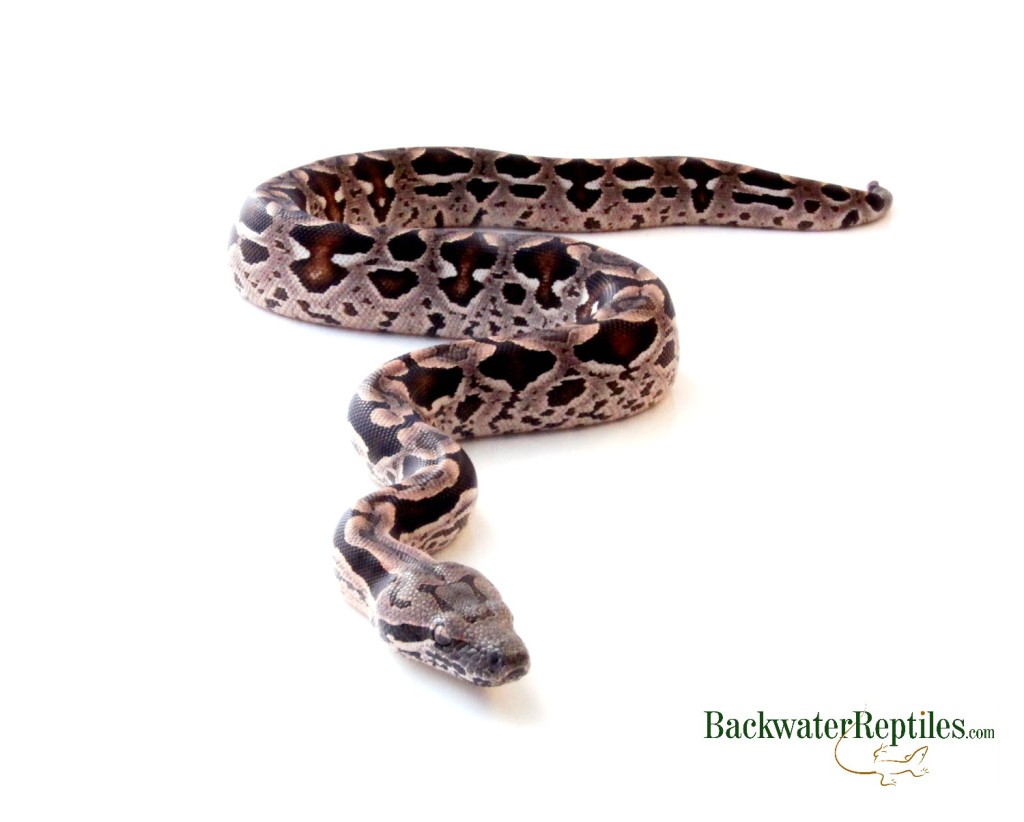Most reptiles reproduce by laying eggs, but did you know that a handful of reptiles actually give birth to live young?
Want to learn more about which species don’t lay eggs? Then this is the blog article for you!
Explanation of Terms
In order to discuss laying eggs versus giving live birth, you’ll need to know some terms that explain the three types of reptile births.
Most snakes and lizards are oviparous, which means that the animal lays eggs in order to reproduce. Once the eggs have been deposited, they need to be incubated or kept warm and safe until the hatchlings are ready to emerge.
When a reptile gives birth to a baby without the use of an egg, it is termed viviparous. This means that the animal nourishes its young internally through a placenta and yolk sac. This is the rarest reptile birthing method.

Boa constrictors and green anacondas are two examples of snakes that are viviparous.
Finally, if a reptile develops eggs inside its body but still gives birth to babies instead of laying the eggs, this is called being ovoviviparous. Essentially, the female keeps the remnants of the eggs inside her while the fully formed babies emerge, making it seem as though the babies were true “live” births.
An example of an ovoviviparous reptile is the rattlesnake. If you were to x-ray a gravid female rattlesnake, you would be able to see both the skeletons of the babies and the outlines of the eggs.
Which Snakes Give Live Birth?
As previously discussed, both ovoviviparous and viviparous reptiles birth fully formed, functional babies.
Most vipers and all rattlesnakes fall into this category. The Boidae family, which includes boa constrictors and other boa snakes, are viviparous and therefore don’t produce eggs to insulate their babies at any time. The same is true of green anacondas.

Most sea snakes also give birth to live young. Baby sea snakes are born directly into the ocean! The only exception to this is the genus Laticauda. The females of this sea snake species emerge from the ocean and lay eggs on land, making them oviparous.
It’s interesting to note that all species of snakes that give birth to live young offer no parenting to their babies. Viviparous and ovoviviparous infant snakes are on their own from the instant they are born. It’s said this is why baby rattlesnakes are born with a full “venom tank” and are ready to bite from day one.
Which Lizards Give Live Birth?
Interestingly enough, there is a species of lizard called the Viviparous Lizard (Zootoca vivipara) that is fully viviparous – go figure. This lizard is found in Europe and Asia and is the only species in the genus Zootoca.
Many species of skinks, including the very popular Blue Tongue Skink (Tiliqua sp.) give birth to live young. Blueys actually have a very complex placental mechanism that delivers oxygen to the developing fetus and carries carbon dioxide away. However, all reptiles, whether they are born live or hatch out of eggs are nourished through a yolk sac. This is still true of the blue tongue skink.

Gravid Jackson’s chameleons are ovoviviparous and all species of Jackson’s give live birth. A female Jackson’s chameleon will typically birth between twenty to thirty babies per brood, although the Mt. Meru Jackson’s Chameleon, which is the smallest of the Jackson’s chameleons, will typically have fewer than twenty babies at a time.
Conclusion – Reptiles and Live Birth
Most lizards and snakes are oviparous and lay eggs to reproduce. However, there are both lizards and snakes that bear live young.
The reptiles that do in fact give live birth are pretty well-known amongst reptile hobbyists and enthusiasts. And although we might not have listed every individual species on our lists above, we did mention general groupings and families that are known to give live birth. So, if your reptile in question is not described above, then it’s probably safe to assume that it reproduces by laying eggs.
